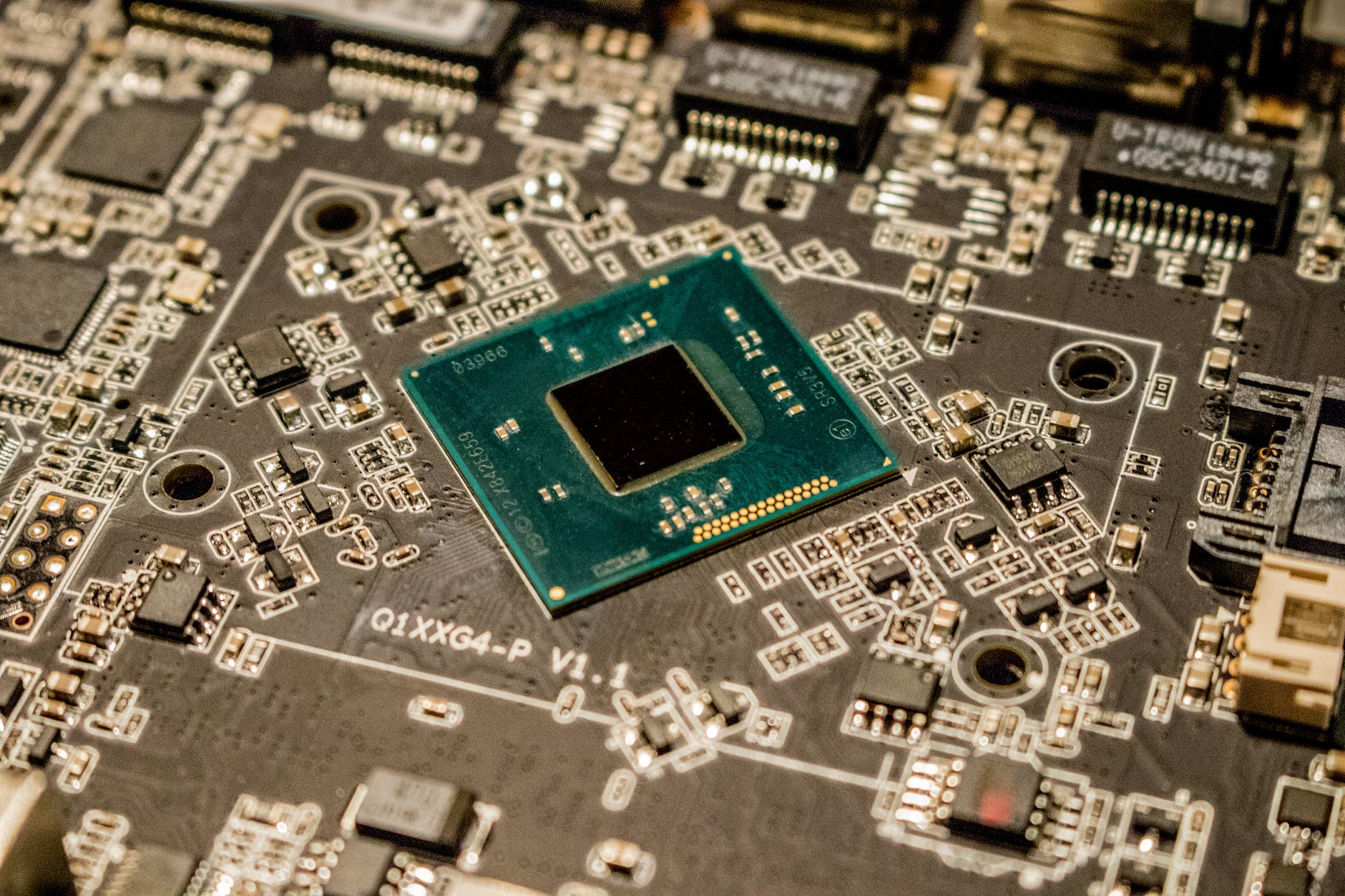Semiconductors or chips (not the snack or fries) have been selling like hotcakes in recent times, driven by secular tailwind of digitalisation and accelerated by the pandemic. Chips now power almost every electronic product or appliance you can think of. Chips might be to the digital revolution what oil was for the industrial revolution.
Countries are fast realising how important chips are strategically. POTUS Biden has just signed into law the CHIPS Act [read here], which will provide $52B in subsidies to chip manufacturers to boost the US chip industry and to compete with China. Recently, House Speaker Pelosi also risked angering China by visiting Taiwan where she met with the chairman of Taiwan Semiconductor Manufacturing Company (TSMC) [read here]. It feels like there’s a chips race going on.
The long term prospects for the chip industry seems bright. There are various concurrent technological transformations happening that all require chips, including but not limited to electric vehicles, robotics, blockchain, data centres, smartphones, AR/VR headsets, etc.
That said, the chips industry is not free from obstacles especially in the short term. In the recent Q2 2022 earnings season, most if not all major chipmakers including Intel, AMD, and Nvidia all flagged weaker demand for chips and lowered guidance for the upcoming quarter. Rising inflationary pressures also risks dampening demand for electronics as consumers tighten their purse strings.
If you’re confident in the long term prospects of the semiconductor industry and want to gain a diversified and global exposure the sector, you can consider doing so through the VanEck Semiconductor ETF (ticker SMH).
Overview
SMH is the 2nd largest ETF focused on the semiconductor industry after the iShares Semiconductor ETF (ticker SOXX). I’ll draw a comparison between the two ETFs later on and explain why I prefer SMH over SOXX.
Make no mistake, SMH is a highly concentrated and risky investment with narrow exposure to only one sector and only 25 holdings. Expense ratio is not high at 0.35%. SMH also pays an annual dividend at a yield of 0.88%.
Here’s a brief description of the ETF taken from Van Eck’s website [link here]:

About the Index
SMH aims to track the total return of the MVIS US Listed Semiconductor 25 Index. Companies have to generate at least 50% of revenue from chips to be considered for the index and company weightings are capped at 20% for diversification purposes.

You can find more information on the index on MarketVector website [link here].
Holdings
SMH holds mostly US chip stocks but also US-listed foreign stocks, the major ones being TSMC (Taiwan) and ASML (Netherlands). Having TSMC and ASML in the fund is important because these companies are the world’s largest chip manufacturer and chip-making equipment manufacturer respectively.
Notable exclusions are Samsung Electronics and SK Hynix (both from South Korea) and SMIC (China) which are not listed in the US.


Performance
SMH has only been around for slightly more than a decade, but has returned 20+% annual total returns on average over the past 3Y, 5Y, and 10Y periods. This outperforms the S&P 500 index (using performance data for VOO ETF) by ~10% annually. That’s impressive.


SMH vs SOXX
SMH and SOXX are actually extremely similar in terms of performance, net assets, number of holdings, and expense ratio. The main difference between the two (besides tracking different indexes) is that SOXX only includes US companies whereas SMH includes US-listed foreign companies. Neither comprehensively cover all the largest semiconductor companies though, some of which are not listed in the US.
Based on ranking of the largest semiconductor companies by market cap on companiesmarketcap.com [link here], 3 of the 4 largest chip companies are non-US. Hence, I think including TSMC and ASML is pretty important to gain proper global exposure to the sector.

My thoughts
The semiconductor industry is a pretty high tech one, and I admit I’m not close enough to the sector to have the confidence of picking the winner.
Investing into a semiconductor ETF like SMH would allow me to gain diversified exposure to the chip sector to potentially ride the growth of the sector as a whole, while reducing the risk of picking the wrong company (e.g. Intel hasn’t been doing well in recent times).
Currently, I have a position in Nvidia (NVDA) and none in SMH, but I’m leaning towards putting new money into SMH instead. If SMH performs well, I might even switch out of NVDA and consolidate into SMH.
Disclosure: I’m long NVDA and don’t have any position in SMH
Follow me on Facebook, Telegram, Twitter and Youtube.
Disclaimer: This is not financial advice. I am not professional financial advisor nor do I work in the finance industry. Anything I write here is purely my personal opinion. Please do your own research and due diligence before investing into anything. All investments come with associated risks. Best to consult a financial advisor if you’re still unsure.
Download my FREE Ebook: How to Start Investing in Stocks for Beginners

For more investing tips, visit my Guide page.
- Standard Chartered Online Trading: Referral link
- FSMOne: Referral code P0267058
- Tiger Brokers: Referral link | Review
- Futu SG (moomoo app): Referral link | Review
- Webull: Referral link
- Syfe Wealth & Syfe Trade: Referral code FINANCEGNOME | Referral link | Review
- Endowus: Referral code J5HPB | Referral link
- CoinHako: Referral link
- Crypto.com: Referral link
- Portseido: Referral link
For more investing resources, see my Referrals page.
Disclosure: This post may contain affiliate links and I may get a commission when you click on the links or open an account through the links, at no additional cost to you. I only recommend products or services that I have personally tried and have found useful.

